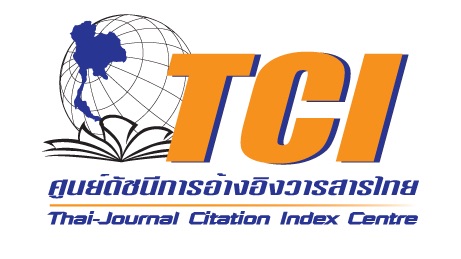An Analysis of Errors in the Acquisition of Modal Particles by Thai Chinese Learners- Based on the Comparative Analysis of Modal Particle in Chinese and Thai
Keywords:
Chinese teaching, modal particle, contrast, error analysis, teaching strategyAbstract
From the perspective of Chinese teaching and investigation, modal particle was a kind of speech. This paper was concerned with the comparison of Chinese and Thai semantic functions and an analysis the errors of Chinese modal particles for four types. The errors were summed up: omission, wrong addition, wrong substitution and dislocation, and finally we discuss teaching strategies of the errors. The results of this research can enhance the ability and development of Chinese teaching in Thailand.
References
สุนันท์ อัญชลีนุกูล. (2562). ระบบคำภาษาไทย. กรุงเทพฯ: สำนักพิมพ์จุฬาลงกรณ์มหาวิทยาลัย.
Dictionary of Chinese Academy of Social Sciences and languages .(2016).Modern Chinese Dictionary (7th Edition). Beijing: The Commercial Press
Lu Jianji. (1994).An Analysis of Grammatical Errors in Learning Chinese.Foreigners Language teaching and research.
Qi Huyang. (2002).On the Establishment of Mood System in Modern Chinese. Chinese Learning.
Qi Huyang. (2003).Some problems related to the norms of modal particles. Application of language and characters.
Xu Lihua. (2002).Modal Particles. Journal of Zhejiang Normal University.
Zhang Wei, Wan Yanmei. (2011). An Analysis of Errors in the Chinese Modal Particles by Korean Students. Anhui Literature (second half of the month).
Zhou Xiaobing. (2009). Introduction to teaching Chinese as a foreign language. Beijing: Commercial Press.
Downloads
Published
How to Cite
Issue
Section
License

This work is licensed under a Creative Commons Attribution-NonCommercial-NoDerivatives 4.0 International License.







